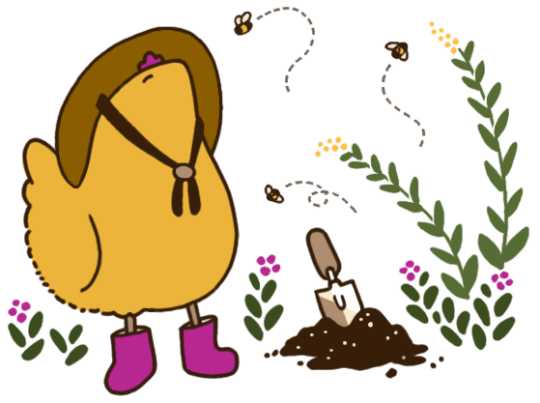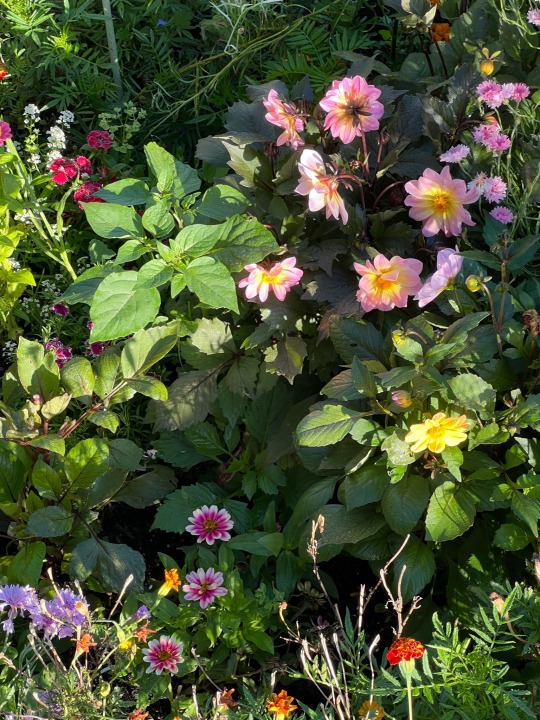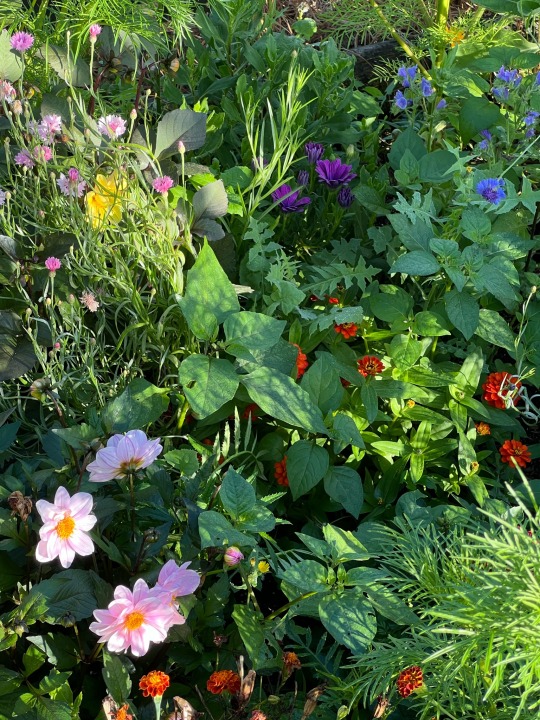#bee garden
Text



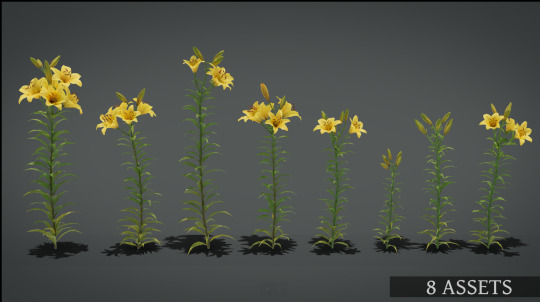

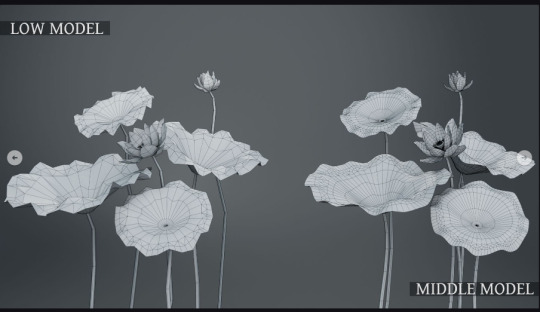

Modeling inspiration for the flowers: Superb CG
ArtStation - Superb CG
18 notes
·
View notes
Photo
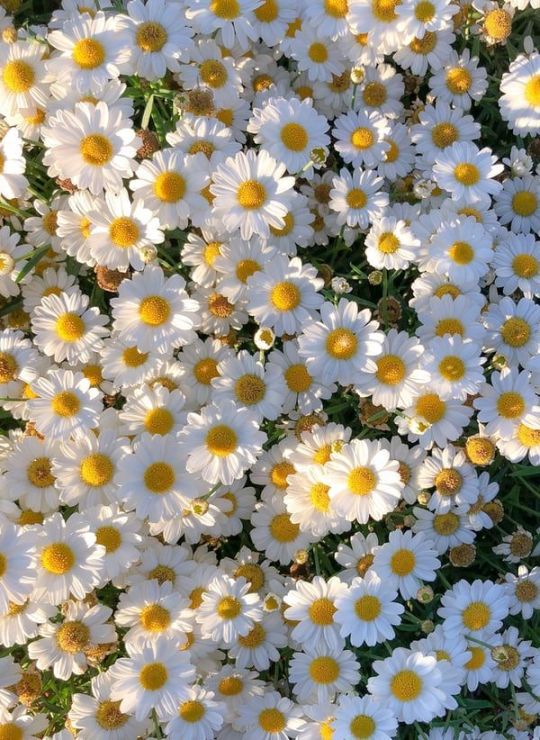
#flowers#daisy#daisy flower#daisy aesthetic#daisies#white flower#flower aesthetic#wild flowers#flower fields#flower field#field of flowers#flowerscore#cottagecore#cottagevibe#cottage vibes#bee garden#bees#honey#raw honey#nature#naturecore#nature aesthetic#forest witch
125 notes
·
View notes
Text
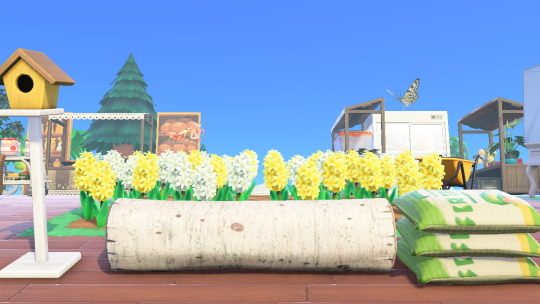
🐝🌼 Bee garden.
(Caught a orchid mantis in the pic too 🌸)
#acnh#animal crossing#bee garden#butterfly area#honey area#buy some honey#local bees#yellow#white#hyacinth garden#sit and watch the bees#take a breath#orchid mantis#praying mantis
11 notes
·
View notes
Text
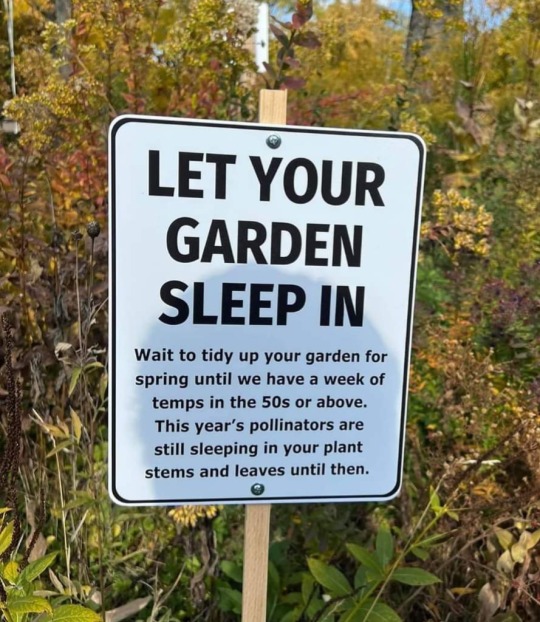
Let your garden sleep in. For the pollinators.
42K notes
·
View notes
Text
Nature is healing.
I burned the Meadow a couple weeks ago. At first it looked like nothing but charred ashes and dirt, with a few scorched green patches, and I was afraid I'd done something terrible. But then the sprouts emerged. Tender new leaves swarming the soil.
My brother and I were outside after dark the other day, to see if any lightning bugs would emerge yet. We had been working on digging the pond. That old soggy spot in the middle of the yard that we called "poor drainage," that always splattered mud over our legs when we ran across it as children—it isn't a failed lawn, and it never was.
Oh, we tried to fill in the mud puddles, even rented heavy machinery and graded the whole thing out, but the little wetland still remembered. God bless those indomitable puddles and wetlands and weeds, that in spite of our efforts to flatten out the differences that make each square meter of land unique from another, still declare themselves over and over to be what they are.
So we've been digging a hole. A wide, shallow hole, with an island in the middle.
And steadily, I've been transplanting in vegetation. At school there is a soggy field that sadly is mowed like any old field. The only pools where a frog could lay eggs are tire ruts. From this field I dig up big clumps of rushes and sedges, and nobody pays me any mind when I smuggle them home.
I pulled a little stick of shrubby willow from some cracked pavement near a creek, and planted it nearby. From a ditch on the side of the road beside a corn field, I dug up cattail rhizomes. Everywhere, tiny bits of wilderness, holding on.
I gathered up rotting logs small enough to carry and made a log pile beside the pond. At another corner is a rock pile. I planted some old branches upright in the ground to make a good place for birds and dragonflies to perch.
And there are so many birds! Mourning doves, robins, cardinals and grackles come here in much bigger numbers, and many, many finches and sparrows. I always hear woodpeckers, even a Pileated Woodpecker here and there. A pair of bluebirds lives here. There are three tree swallows, a barn swallow also, tons of chickadees, and there's always six or seven blue jays screaming and making a commotion. And the goldfinches! Yesterday I watched three brilliant yellow males frolic among the tall dandelions. They would hover above the grass and then drop down. One landed on a dandelion stem and it flopped over. There are several bright orange birds too. I think a couple of them are orioles, but there's definitely also a Summer Tanager. There's a pair of Canada Geese that always fly by overhead around the same time in the evening. It's like their daily commute.
The other day, as I watched, I saw a Cooper's Hawk swoop down and carry off a robin. This was horrifying news for the robin individually, but great news for the ecosystem. The food chain can support more links now.
There are two garter snakes instead of one, both of them fat from being good at snaking. I wonder if there will be babies?
But the biggest change this year is the bugs. It's too early for the lightning bugs, but all the same the yard is full of life.
It's like remembering something I didn't know I forgot. Oh. This is how it's supposed to be. I can't glance in any direction without seeing the movement of bugs. Fat crickets and earwigs scuttle underneath my rock piles, wasps flit about and visit the pond's shore, an unbelievable variety of flies and bees visit the flowers, millipedes and centipedes hide under the logs. Butterflies, moths, and beetles big and small are everywhere.
I can't even describe it in terms of individual encounters; they're just everywhere, hopping and fluttering away with every step. There are so many kinds of ants. I sometimes stare really closely at the ground to watch the activities of the ants. Sometimes they are in long lines, with two lanes of ants going back and forth, touching antennae whenever two ants traveling in opposite directions meet. Sometimes I see ants fighting each other, as though ant war is happening. Sometimes the ants are carrying the curled-up bodies of dead ants—their fallen comrades?
My neighbor gave me all of their fallen leaves (twelve bags!) and it turns out that piling leaves on top of a rock and log pile in a wet area summons an unbelievable amount of snails.
I always heard of snails as pests, but I have learned better. Snails move calcium through the food chain. Birds eat snails and use the calcium in their shells to make egg shells. In this way, snails lead to baby birds. I never would have known this if I hadn't set out to learn about snails.
In the golden hour of evening, bugs drift across the sky like golden motes of dust, whirling and dancing together in the grand dramas of their tiny lives. I think about how complicated their worlds are. After interacting with bees and wasps so much for so long, I'm amazed by how intelligent and polite they are. Bumble bees will hover in front of me, swaying side to side, or circle slowly around me several times, clearly perceiving some kind of information...but what? It seems like bees and wasps can figure out if you are a threat, or if you are peaceful, and act accordingly.
I came to a realization about wasps: when they dart at your head so you hear them buzzing close by your ears, they're announcing their presence. The proper response is to freeze and duck down a bit. It seems like wasps can recognize if you're being polite; for what it's worth, I've never been stung by a wasp.
As night falls, bats emerge and start looping and darting around in the sky above. If the yard seems full of bugs in the day, it is nothing compared to the night.
I'm aware that what I'm about to describe, to an entomophobe, sounds like a horror movie: when i walk to the back yard, the trees are audibly crackling and whirring with the activity of insects. Beetles hover among the branches of the trees. When we look up at the sky, moths of all sizes are flying hither and thither across it. A large, very striking white moth flies past low to the ground.
Last year, seeing a moth against the darkening sky was only occasional. Now there's so many of them.
I consider it in my mind:
When roads and houses are built and land is turned over to various human uses, potentially hundreds of native plant species are extirpated from that small area. But all of the Eastern USA has been heavily altered and destroyed.
Some plants come back easily, like wild blackberry, daisy fleabane, and common violets. But many of them do not. Some plants need fire to sprout, some need Bison or large birds to spread them, some need humans to harvest and care for them, some live in habitats that are frequently treated with contempt, some cannot bear to be grazed by cattle, some are suffocated beneath invasive Tall Fescue, Kentucky bluegrass, honeysuckle or Bradford pears, and some don't like being mowed or bushhogged.
Look at the landscape...hundreds and hundreds of acres of suburbs, pastures, corn fields, pavement, mowed verges and edges of roads.
Yes, you see milkweed now and then, a few plants on the edge of the road, but when you consider the total area of space covered by milkweed, it is so little it is nearly negligible. Imagine how many milkweed plants could grow in a single acre that was caretaken for their prosperity—enough to equal fifty roadsides put together!
Then I consider how many bugs are specialists, that can only feed upon a particular plant. Every kind of plant has its own bugs. When plant diversity is replaced by Plant Sameness, the bug population decreases dramatically.
Plant sameness has taken over the world, and the insect apocalypse is a result.
But in this one small spot, nature is healing...
5K notes
·
View notes
Text

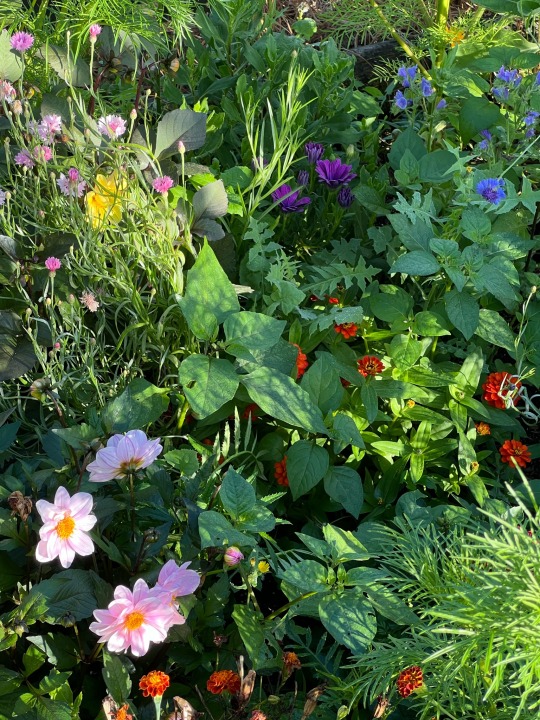
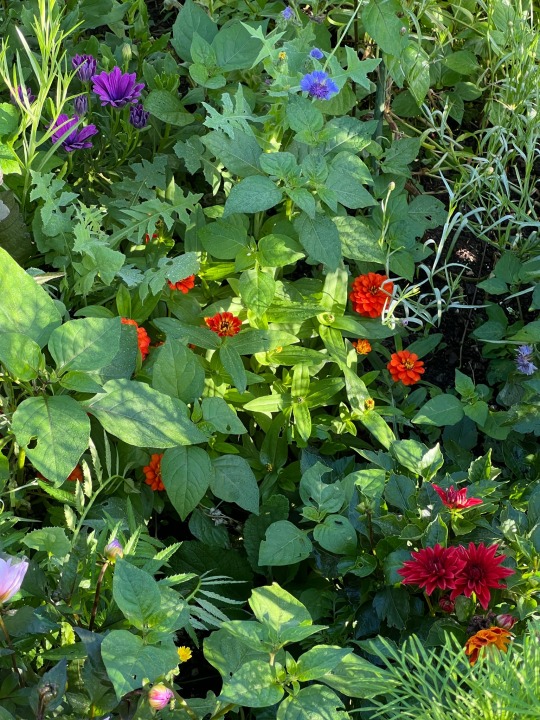

my garden ❀
#naturecore#cottagecore#cottage garden#wildflowers#dahlia#my garden#bees#nature#flowercore#flowers#gardencore#fairycore#gardening#garden#cottage aesthetic#flower aesthetic#aesthetic#nature aesthetic
3K notes
·
View notes
Text

This is literally so iconic
#cartoon network#the marvelous misadventures of flapjack#regular show#gravity falls#bravest warriors#bee and puppycat#ok ko#Clarence#craig of the creek#infinity train#summer camp island#hilda#mighty magiswords#amphibia#adventure time#the midnight gospel#owl house#maomao#steven universe future#close enough#disney#netflix#hilda netflix#long live the royals#max#hbo max#anime#animation#cartoons#over the garden wall
3K notes
·
View notes
Text


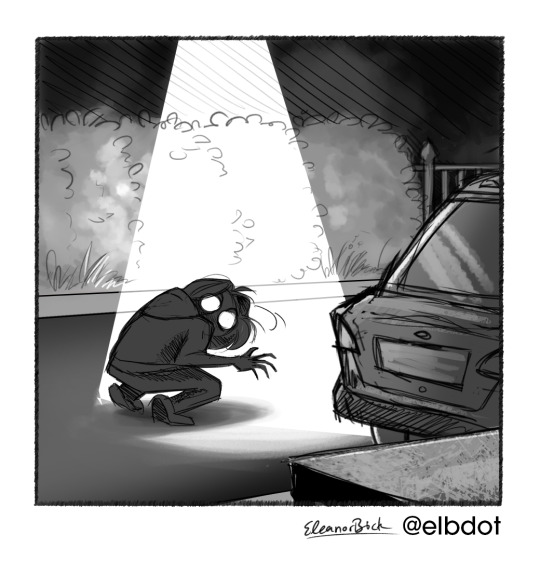
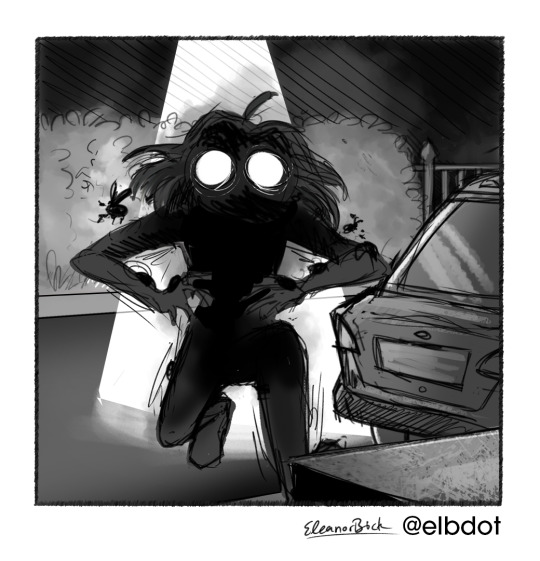

LITTLE COMIC based on how I made a friend at 1 am while crawling on the ground, picking up Maybugs to save them from getting squished by cars.
PRETTY SURE I must've looked like a strange little gremlin to any onlookers passing by.
Also yes he held a bug like a CHAMP.
He passed my test. We still hang out 😂
Patreon
#comics#comic#artists on tumblr#drawing#comic art#digital art#bugs#insects#mod#Also yes by now I'm known in my neighborhood as the BEE GIRL#I'm always taking pictures of wild bees during spring and summer hanging around the front gardens of my neighbors#Now they all know me and greet me with a smile but I STILL DON'T KNOW THEIR NAMES#It's really fun to own this reputation tho I LOVE IT#I made a lot of friends this year thanks to my hobby#Hope this trend continues LMAO#my art#elbdot art#elbdot
5K notes
·
View notes
Photo









if you like these please credit the original artist! they have more stamps on their gallery, i just posted the ones that are my interests :) go have a look of their work!!!
#stamps#deviantart stamps#tv stamps#game stamps#cartoons#games#bee and puppycat#camp camp#gravity falls#over the garden wall#sailor moon#stardew valley#star vs the forces of evil#steven universe#undertale
10K notes
·
View notes
Text
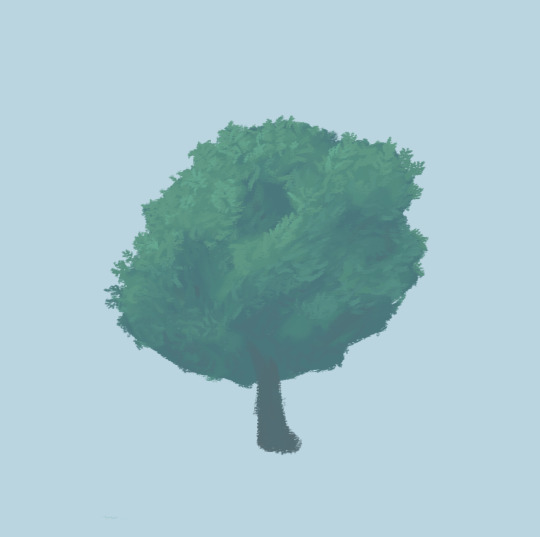


Some trees for the treeline. I tried to keep the contrast low so they would fade away nicely. I'm excited to assemble them and get them into Unity.
18 notes
·
View notes
Text

Fifteen years ago, the tv animation world was changed forever when a little show about a sailor boy with an adventurous spirit premiered on CN. Although it’s run was short, the series led to a renaissance of animated shows, such as Adventure Time, Gravity Falls, Regular Show, and more. So thanks, Flapjack, for being the godfather of 2010s animation.
#flapjack#the marvelous misadventures of flapjack#adventure time#regular show#the owl house#Amphibia#gravity falls#big city greens#hilda#infinity train#bee and puppycat#ok ko let's be heroes#craig of the creek#over the garden wall
8K notes
·
View notes
Text
If you're in the U.S. and want to support local plants and pollinators, I hope you've heard of the Xerces Society. Weird name, but super cool resource for gardening for insect pollinators (and they work for other invertebrate species, too)
They've got regional native plant lists:
They've also got super helpful things in their resources section, including Washington's plan for helping bumble bees:
Another really cool resource is the National Wildlife Federation's list of key stone plant species by ecoregion:
2K notes
·
View notes
Text

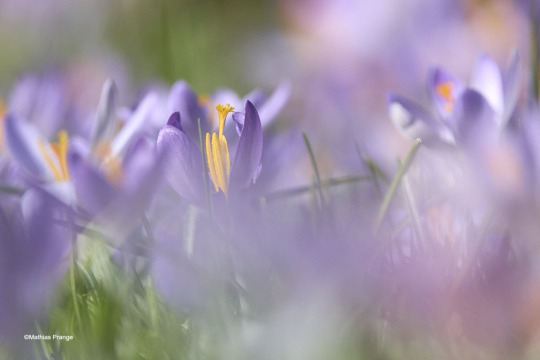

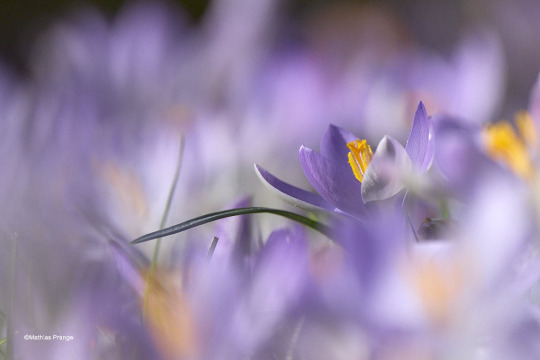


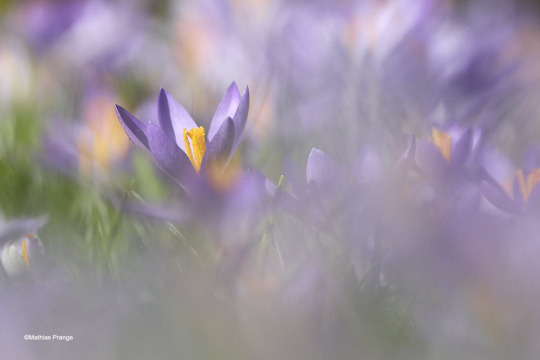
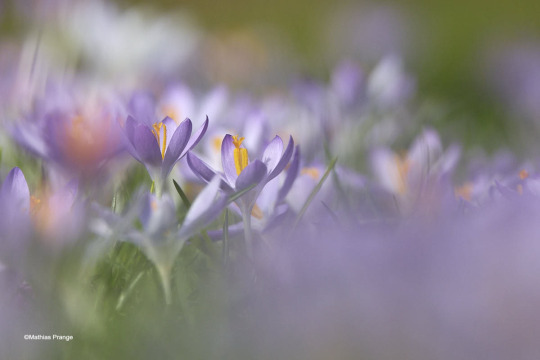


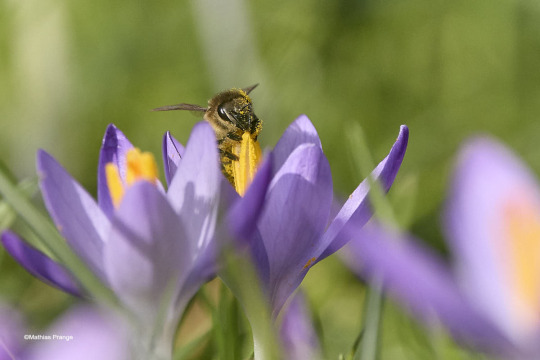
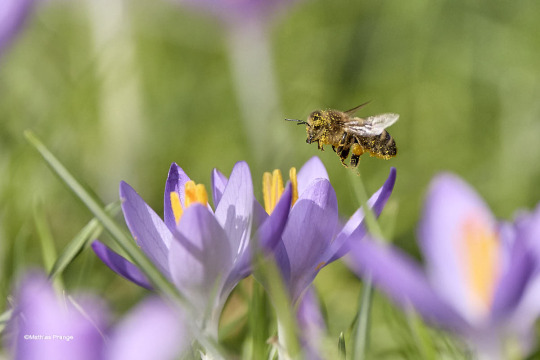
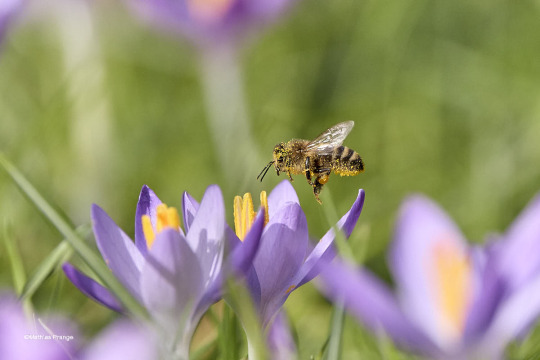
The first day of metereological spring
703 notes
·
View notes
Text


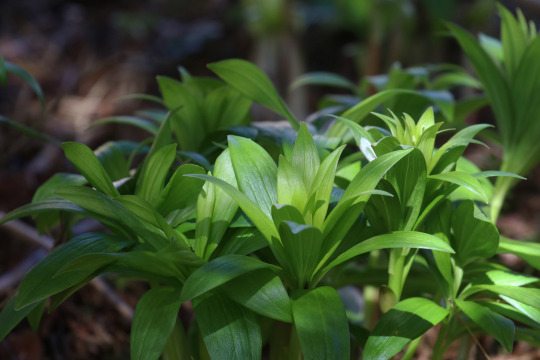
In the garden. Värmland, Sweden (April 28, 2023).
456 notes
·
View notes
